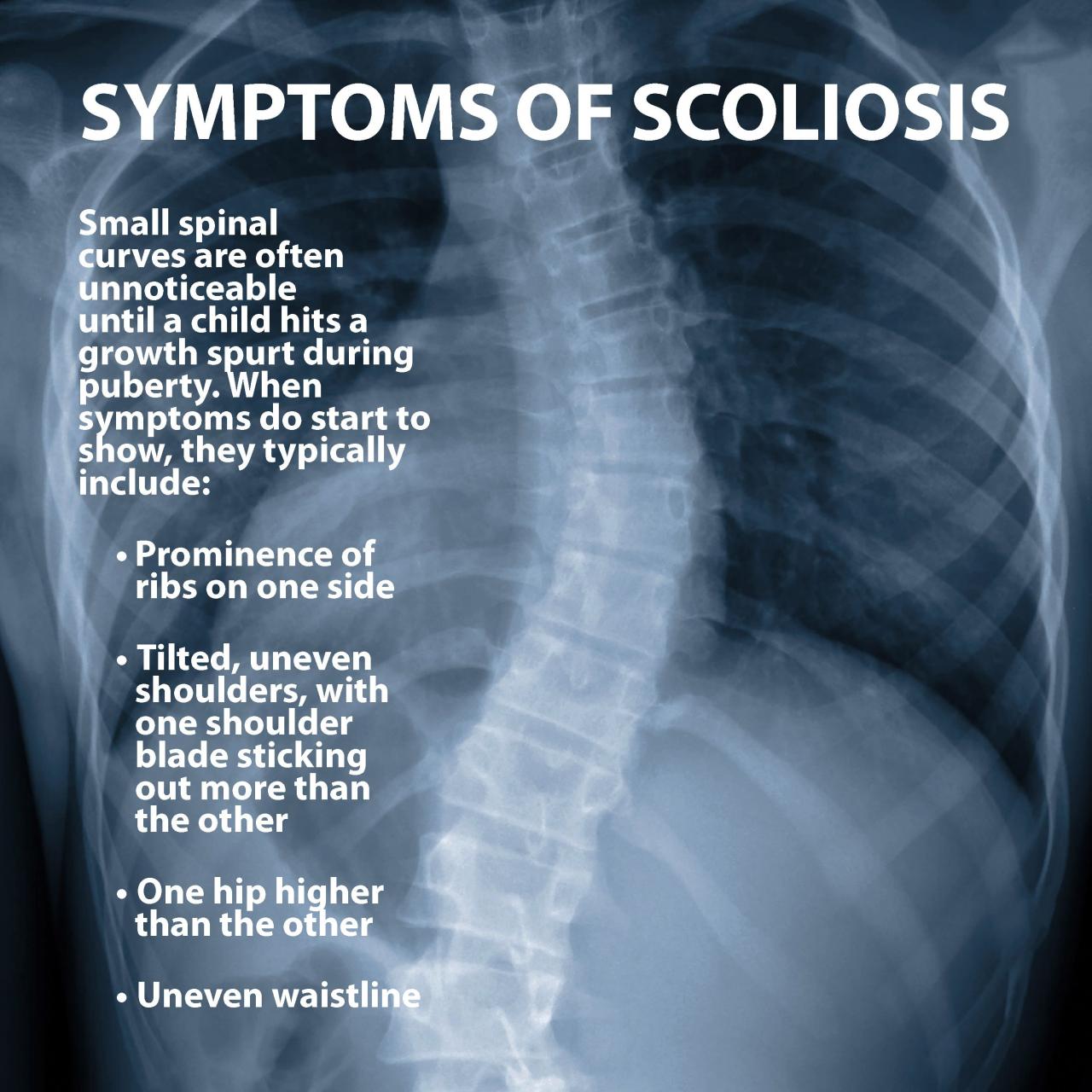Scoliosis is a medical condition characterized by a lateral or sideways curvature of the spine, making it appear in an S or C shape rather than a straight line. This deviation is different from kyphosis, where the abnormal curvature is forward-oriented.

This condition is not a result of poor posture and can occur on the right, left, or both sides of the spine, affecting both the thoracic (mid-back) and lumbar (lower back) regions. Notably, scoliosis is primarily diagnosed in children and adolescents, with adolescent idiopathic scoliosis accounting for 80% of all spinal deformity cases, affecting girls eight times more than boys.
As a lifelong condition, scoliosis usually commences in childhood or adolescence. Post-puberty, after the phase of rapid bone growth, scoliosis generally does not progress. However, the weakening of the spine in adulthood can lead to gradual worsening of curvatures and symptoms.
While the condition is common in adolescents, affecting more than 1 in every 100, it can also manifest in adults. Adult scoliosis can be particularly challenging to manage, and it is estimated to affect over 15% of the U.S. population older than 60 years of age.
Another form of this condition is degenerative scoliosis, which develops in adults due to spinal degeneration or osteoarthritis of the spine (spondylosis). This type of scoliosis is characterized by a sideways curve in the spine that measures 10 degrees or greater.
Research and studies, such as those conducted by Stanford surgeons, aim to improve treatment options and management strategies for scoliosis. Most treatments focus on preventing further bending of the spine.
It is crucial for individuals experiencing symptoms or signs of scoliosis to schedule an evaluation with a spine specialist. Timely diagnosis and treatment can help manage the condition effectively and improve the quality of life for those affected.


